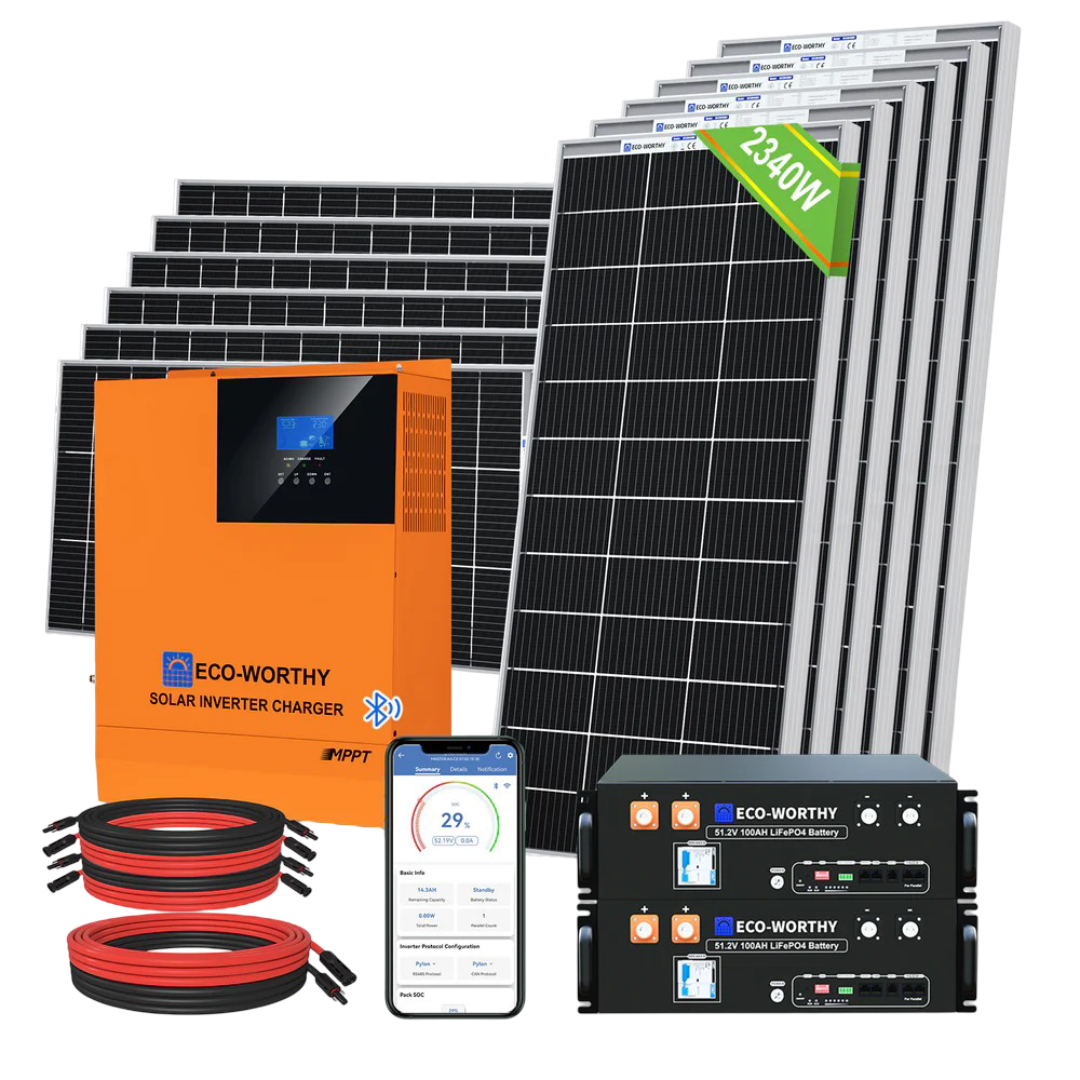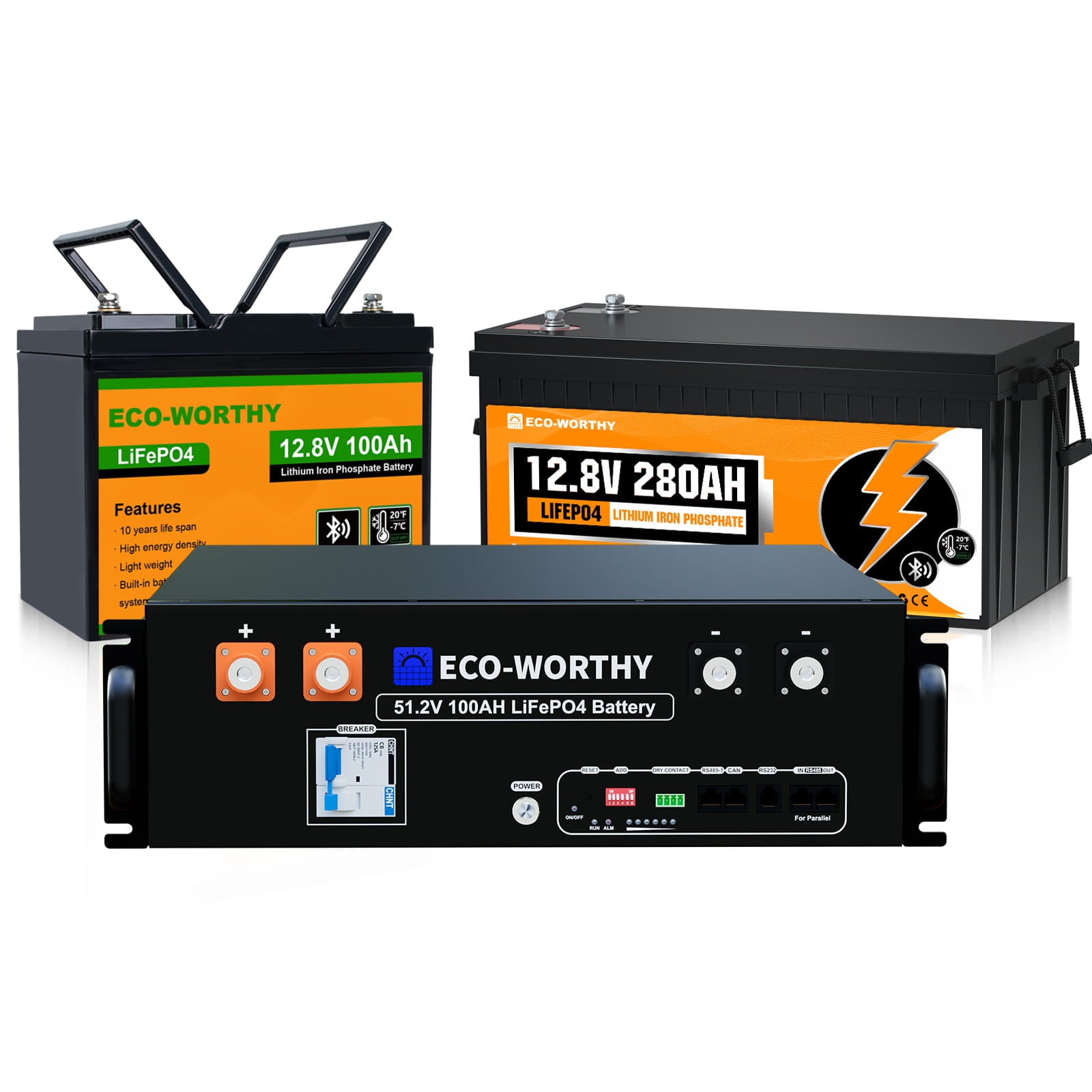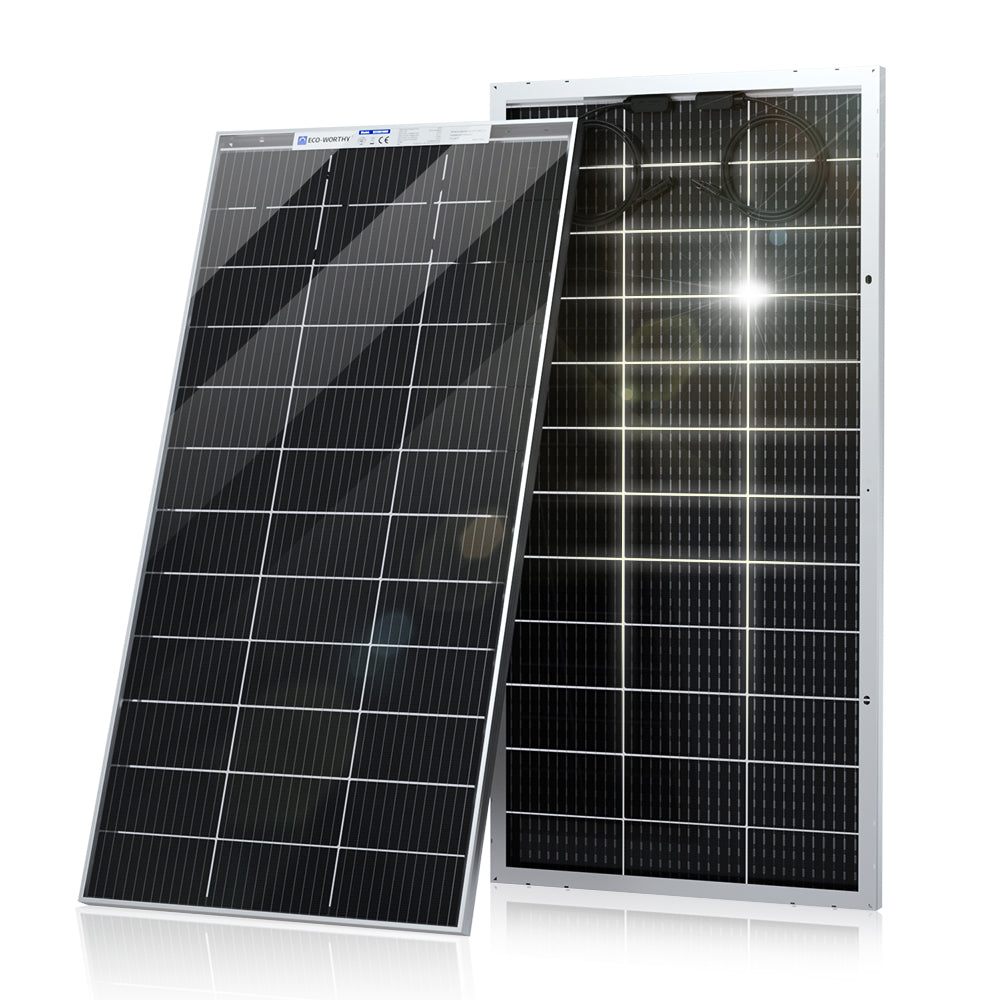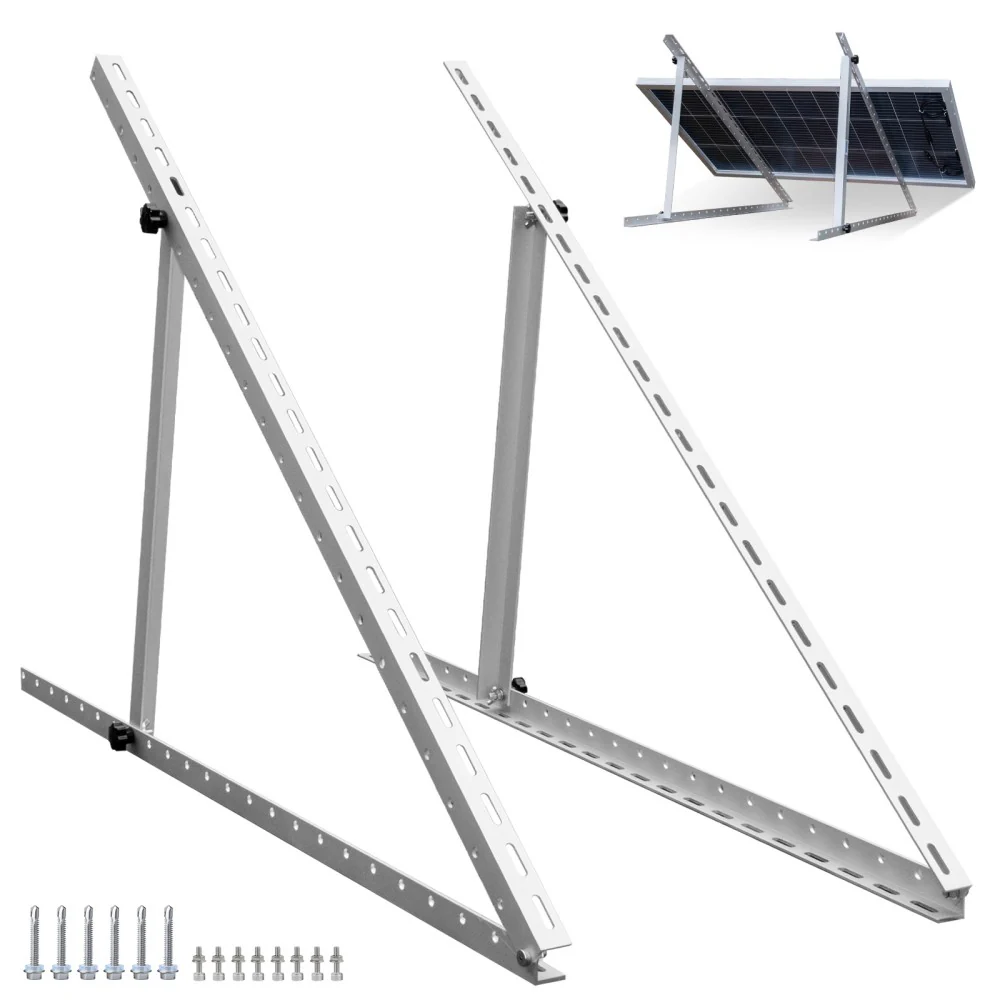Every day, you harness the power of energy density without even realizing it. From your smartphone's slim profile to the range of electric vehicles, this crucial battery characteristic shapes our modern world. But what exactly is energy density, and why does it matter so much? It's not just about raw power—it's about how efficiently batteries store and deliver energy. Understanding energy density reveals why some devices outlast others and how it drives innovation in technology. Let's explore the science behind energy density and its impact on our increasingly battery-powered lives.
What is Energy Density in Batteries?
Energy density is a key feature of batteries that affects their performance. It tells us how much energy a battery can hold relative to its size or weight. This concept is crucial for designing better batteries for our devices and vehicles.

Two Types: Weight-Based and Volume-Based
Energy density comes in two main forms:
Weight-based energy density measures how much energy a battery stores compared to its weight. This matters a lot for things that need to be light, like phones or electric cars. A battery with high weight-based energy density packs more power without adding extra pounds.
Volume-based energy density looks at how much energy fits into a certain space. This is important when there's not much room for a battery, like in slim laptops or compact cars. Batteries with high volume-based energy density store more power in less space.
Scientists use specific units to measure energy density:
- Watt-hours per kilogram (Wh/kg) for weight-based energy density
- Watt-hours per liter (Wh/L) for volume-based energy density
These units help experts compare different types of batteries and choose the best one for each job.
Specific Energy and Energy Density
People often mix up specific energy and energy density, but they're not quite the same:
- Specific energy focuses only on how much energy a battery holds compared to its weight.
- Energy density can refer to either weight or volume, giving a fuller picture of how much energy a battery can store.
Why Should You Care Energy Density ?
Better energy density means:
- Phones that last longer without getting bulky
- Electric cars that can go further on a single charge
- Smaller, more powerful batteries for all sorts of gadgets
These ideas are the building blocks for creating better batteries. As technology advances, we're always looking for ways to pack more energy into smaller, lighter batteries to power our world more efficiently.
How Do We Measure Energy Density in Batteries?
Measuring energy density in batteries is a precise process. It helps us compare different types of batteries and understand their performance.
Calculating Energy Density
To find a battery's energy density, we need to know:
- How much energy it can store (in watt-hours)
- Its weight or volume
For weight-based (gravimetric) energy density:
Energy Density = Total Energy (Wh) / Battery Weight (kg)
For volume-based (volumetric) energy density:
Energy Density = Total Energy (Wh) / Battery Volume (L)
The Measurement Process
Here's how experts measure energy density:
- Fully charge the battery
- Weigh the battery and measure its size
- Discharge the battery at a set rate, recording how long it lasts and how much power it produces
- Use this information to calculate the total energy and energy density
It's important to note that energy density can change based on how quickly the battery is discharged or the temperature. That's why standard testing conditions are used for fair comparisons.
Energy Density in Different Battery Types
Here are some typical energy density values:
- Lithium Iron Phosphate (LiFePO4) (used in some electric vehicles and energy storage systems): 90-160 Wh/kg..
- Nickel-metal hydride (used in some electronics): 60-120 Wh/kg
- Lead-acid (used in cars): 30-50 Wh/kg
- Sodium-ion (a newer type): 90-150 Wh/kg
These numbers show why different batteries are used for different purposes. For example, LiFePO4 batteries are popular in electric vehicles and renewable energy storage because they offer a good balance of energy density, safety, and longevity.To learn more about this battery type, check out our Frequently Asked Questions about the Lithium Battery.
Other Important Factors
While energy density is important, it's not the only thing to consider when choosing a battery. Battery life, charging speed, safety, and cost are also important factors.
Why Energy Density Matters in Different Battery Uses
Energy density isn't just a number - it's a game-changer in how we use and design battery-powered devices and systems.
Portable Electronics: Powering Our Daily Devices
Better Batteries for Larger Systems
While not typically used in small consumer electronics, LiFePO4 batteries excel in larger applications like electric vehicles and home energy storage systems. They offer a good balance of power and longevity, making them ideal for these bigger-scale uses.
Changing How Devices Look and Work
Energy density doesn't just affect battery life - it changes how our gadgets are designed. Thinner phones, sleeker laptops, and smaller smartwatches are all thanks to improvements in battery energy density. It gives designers more freedom to create devices that are not only powerful but also look good and feel comfortable to use.
Electric Vehicles: Improving How We Drive
More Miles Per Charge
In electric cars, energy density is directly linked to how far you can drive on a single charge. Higher energy density means more range, which is crucial for making EVs practical for everyday use. It's the difference between worrying about finding a charging station and confidently taking that long road trip.
Designing Better EVs
Energy density affects every aspect of electric vehicle design. With more energy-dense batteries, car makers can:
- Build lighter vehicles that use less energy
- Increase cargo and passenger space
- Improve performance without sacrificing range
These factors all contribute to making EVs more appealing and practical for consumers.
Renewable Energy Storage: Supporting Clean Energy
Storing More Power in Less Space
For renewable energy systems like solar and wind, storing excess energy is crucial. High energy density batteries can store more power in a smaller area. This is especially important in places where space is limited, like urban areas or small islands relying on renewable energy.
Stabilizing the Grid and Powering Remote Areas
Energy-dense batteries play a big role in two key areas:
- Grid Stability: They can quickly supply power during peak demand or when renewable sources aren't producing, helping to keep the electrical grid stable.
- Off-grid Solutions: In remote areas, high energy density batteries make it possible to store enough power to keep communities running, even when they're far from traditional power sources.
From the phone in your pocket to the power grid of entire cities, energy density is shaping our world. The quest for higher energy density is driving innovation across industries, pushing us towards a more mobile, sustainable, and energy-efficient future.
What Affects a Battery's Energy Density?
Three main factors affect how much energy a battery can store in a given size or weight:
1. Battery Chemistry
Different types of batteries use different materials, which affects their energy storage:
- LiFePO4: These offer a good balance of energy density, safety, and longevity. They're used in some electric vehicles and energy storage systems.
- Lead-acid: These store less energy but are cheaper. They're often used in regular cars and backup power systems.
- New types: Scientists are working on new battery types that might store even more energy in the future.
2. Electrode Improvements
Electrodes are the parts of the battery where energy is stored and released:
- New materials: Researchers are testing materials like silicon and graphene to make electrodes that can hold more energy.
- Better designs: Changing the shape and structure of electrodes can also help them store more energy.
3. Better Manufacturing
How batteries are made also affects their energy storage:
- More precise methods: New techniques allow manufacturers to make thinner parts inside batteries, leaving more room for the materials that store energy.
- New ways of assembly: Methods like 3D printing might help make batteries that can store more energy.
As scientists improve these areas, we'll see batteries that can store more energy without getting bigger or heavier. This could lead to phones that last longer, electric cars that can drive further, and better ways to store renewable energy.
Get Involved in Battery Progress
Energy density is crucial for better batteries in our everyday devices and bigger technologies. It affects how long our phones last, how far electric cars can drive, and how we store clean energy. While making batteries store more energy isn't easy, scientists are working hard to solve the problems. We can help by choosing products that use energy well and supporting research for better batteries. As we learn more about battery technology, we're helping create a future with more efficient energy use. Let's be part of making batteries better for a cleaner, more connected world.
















